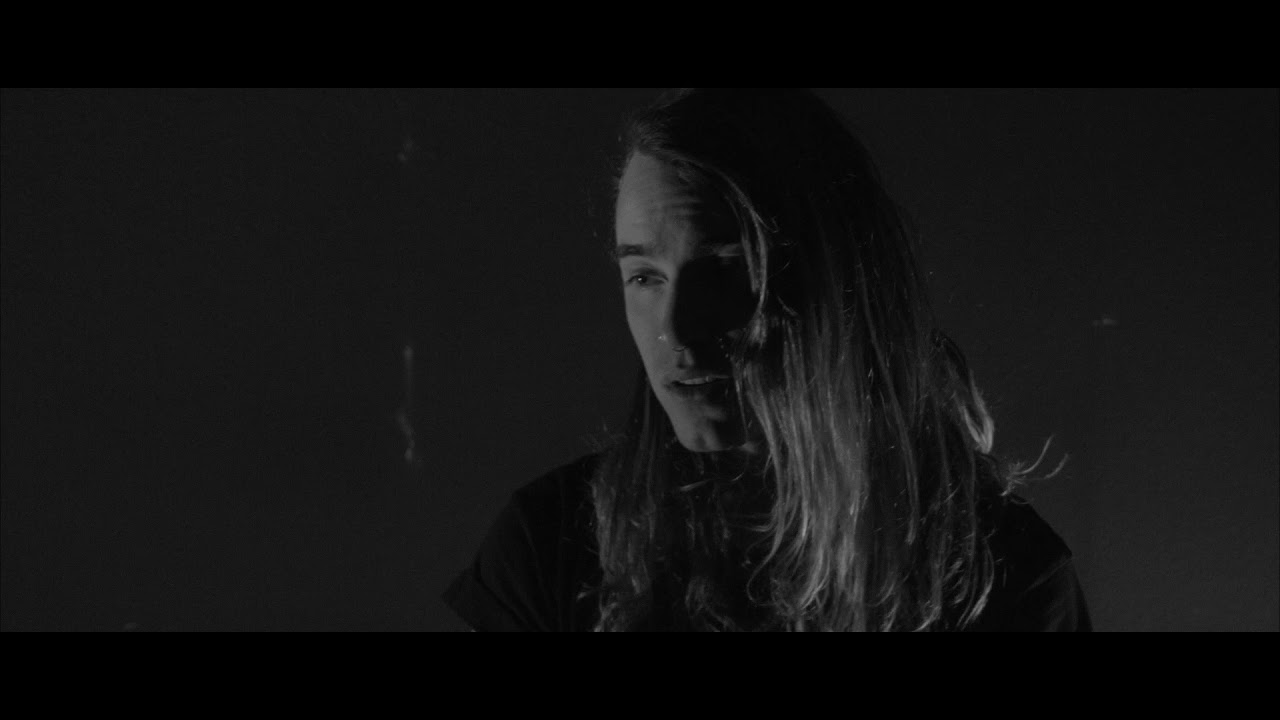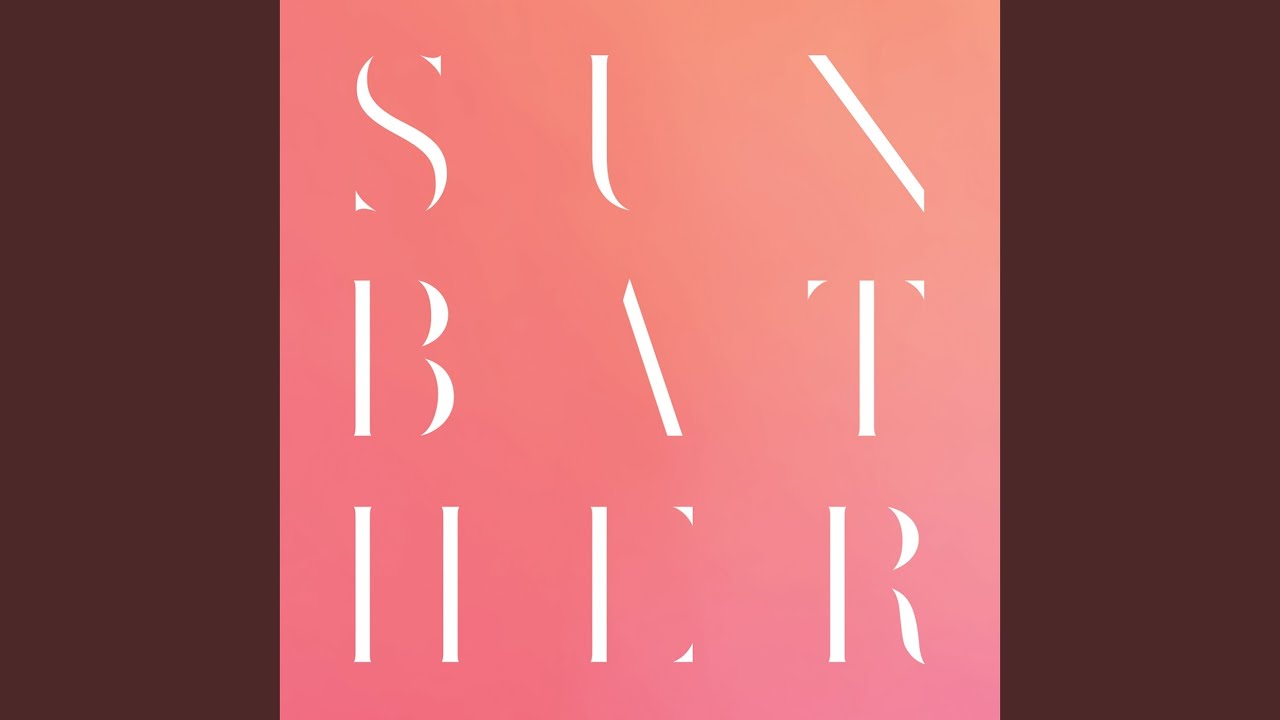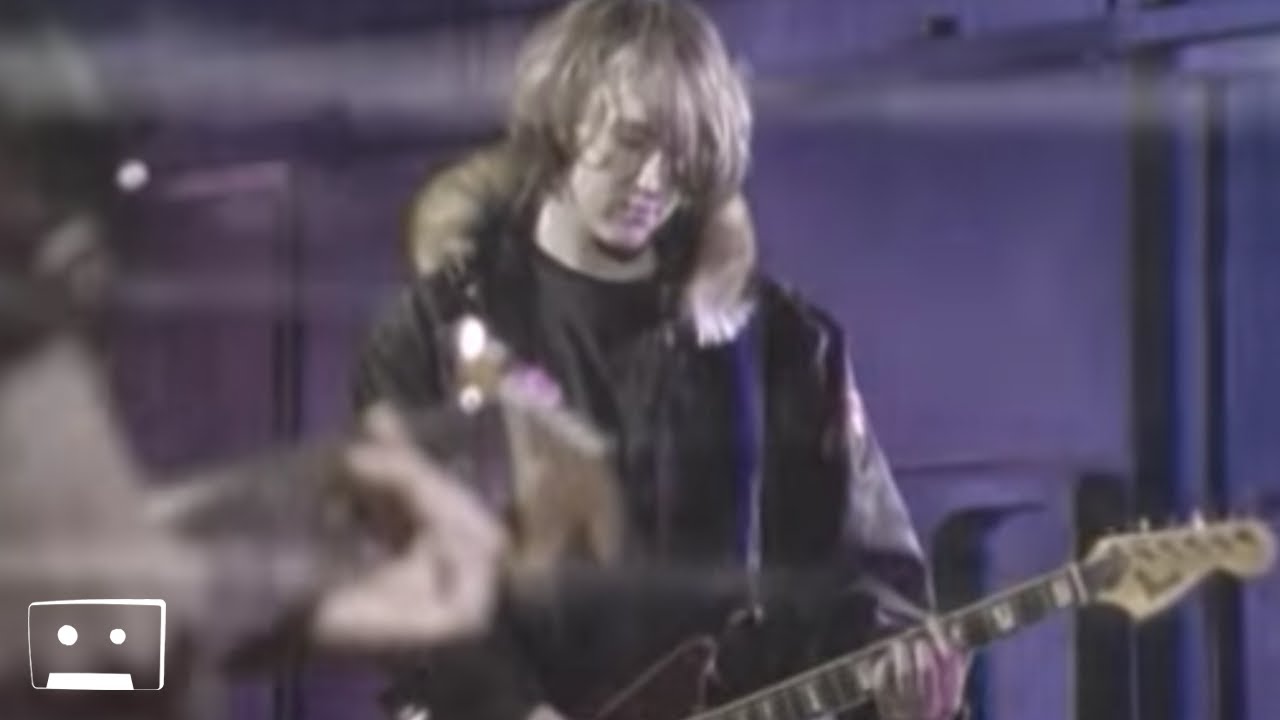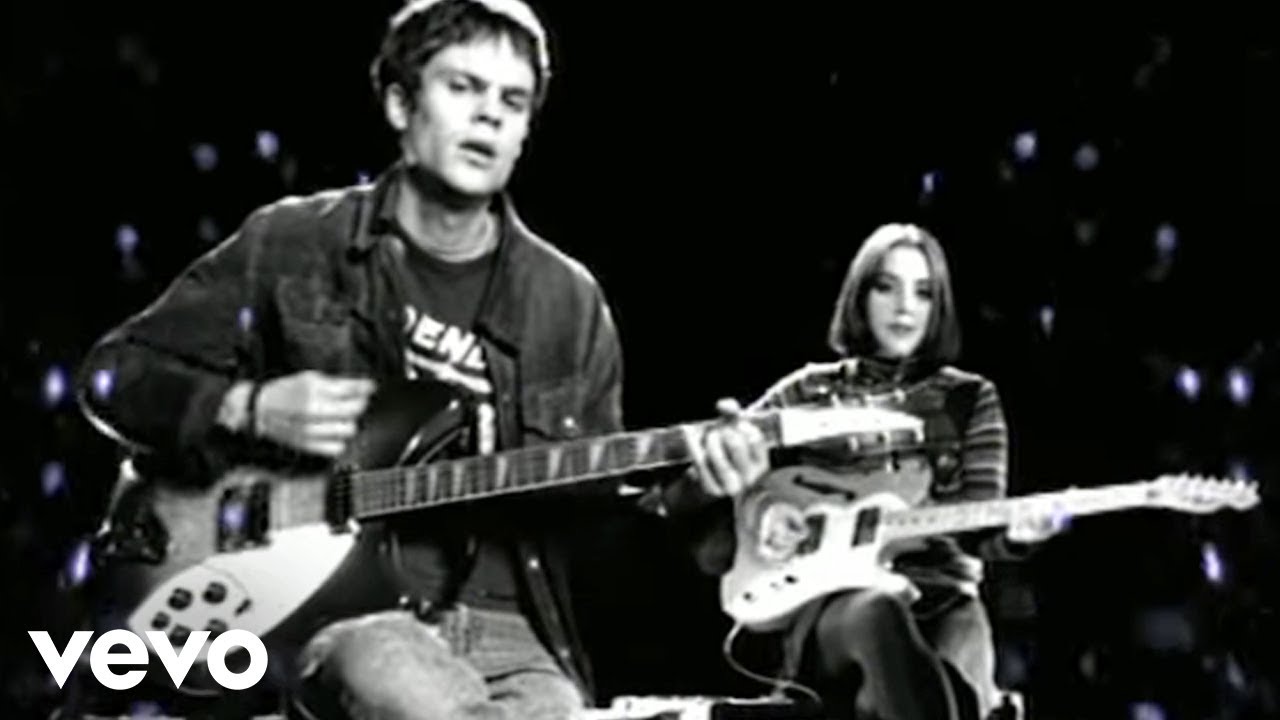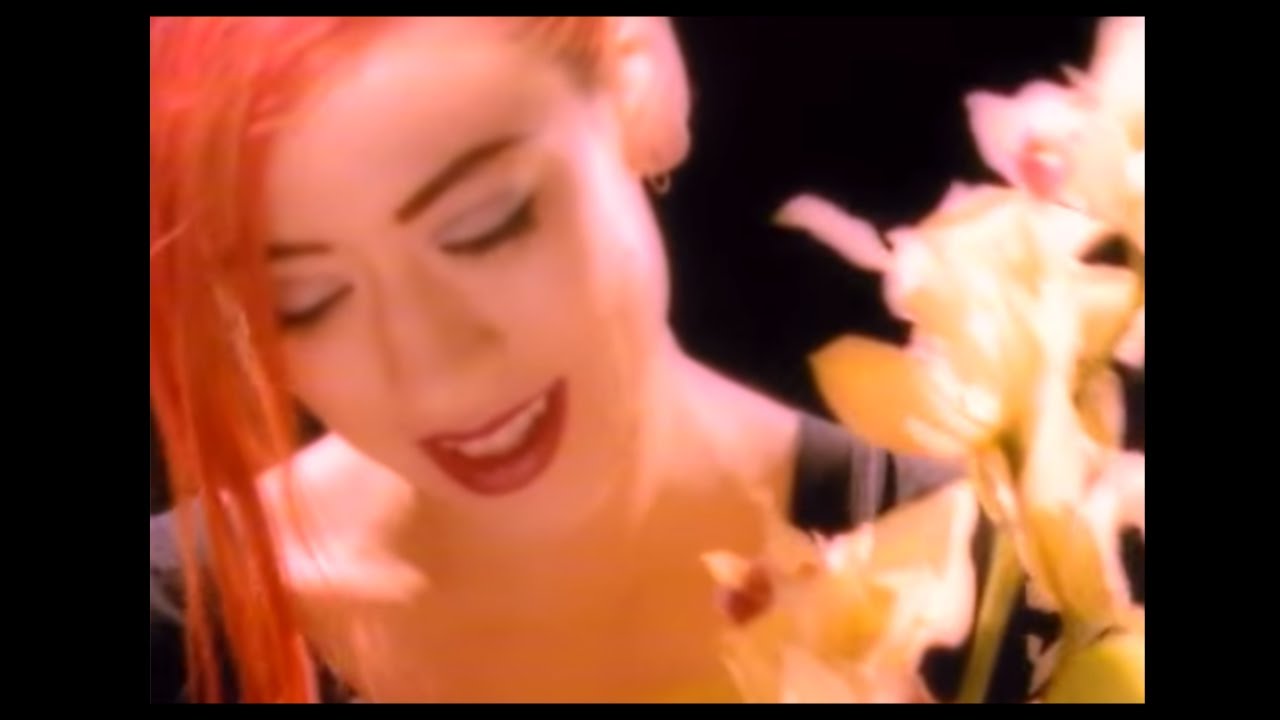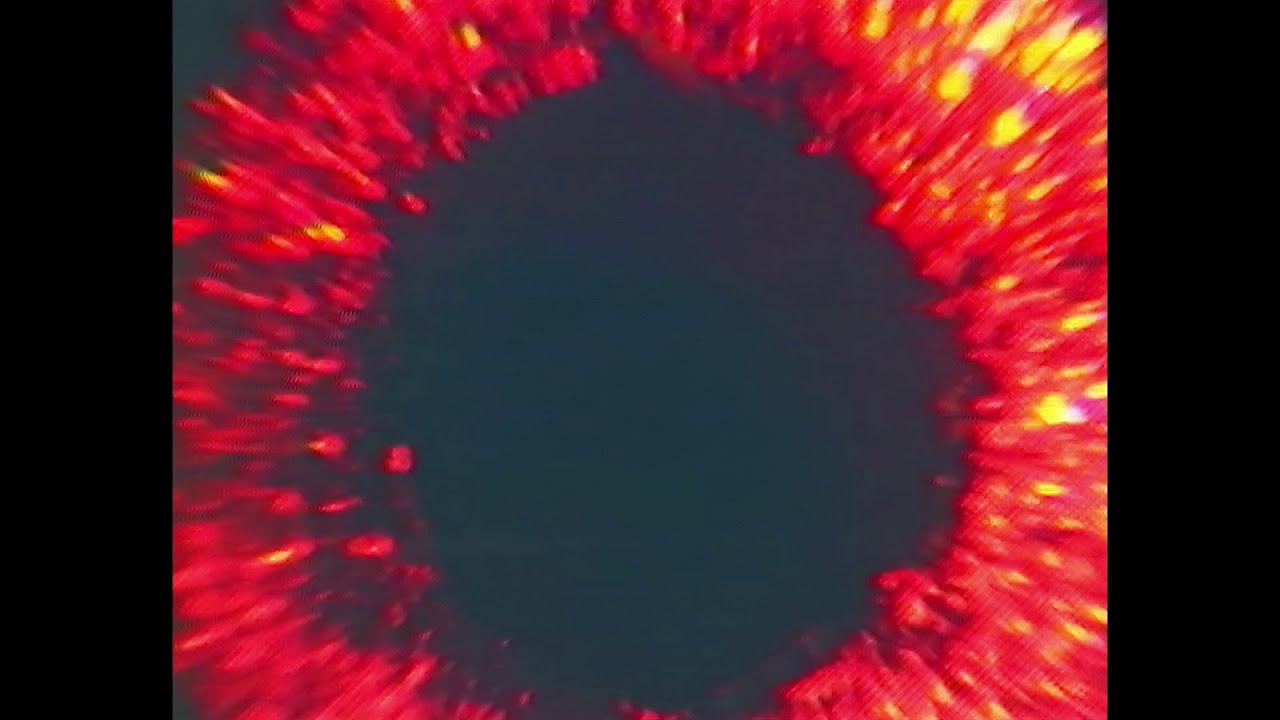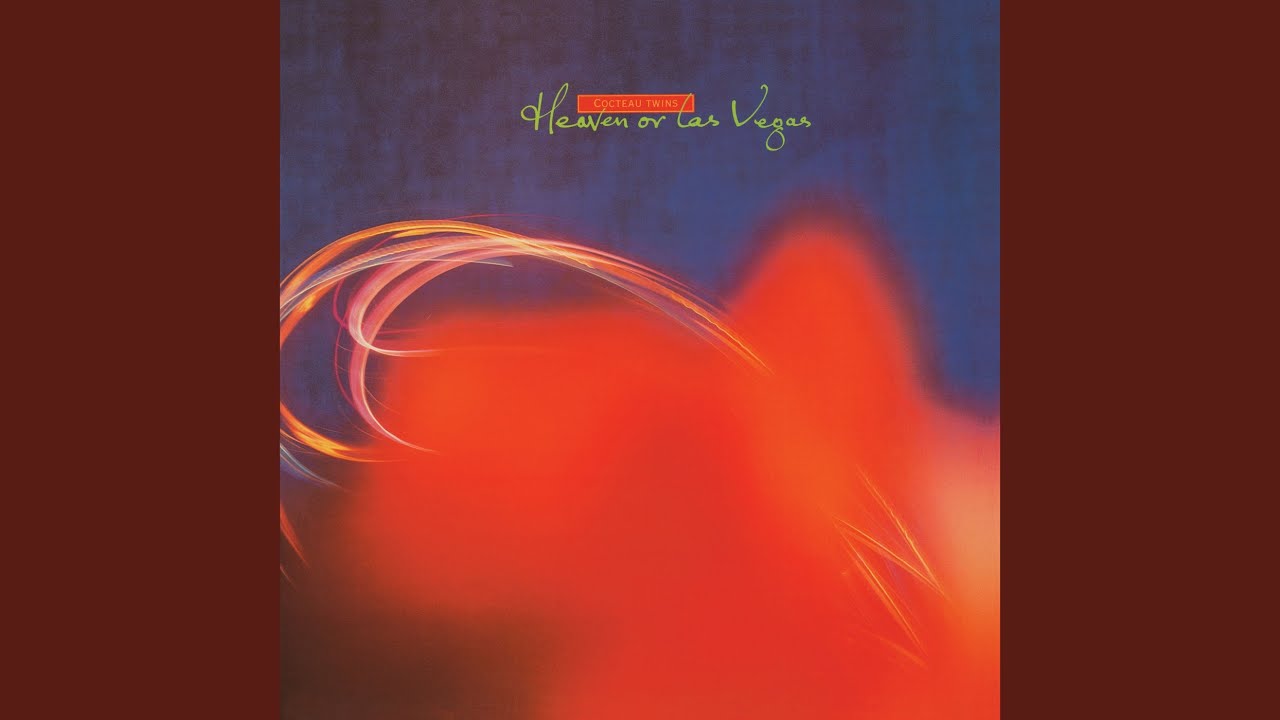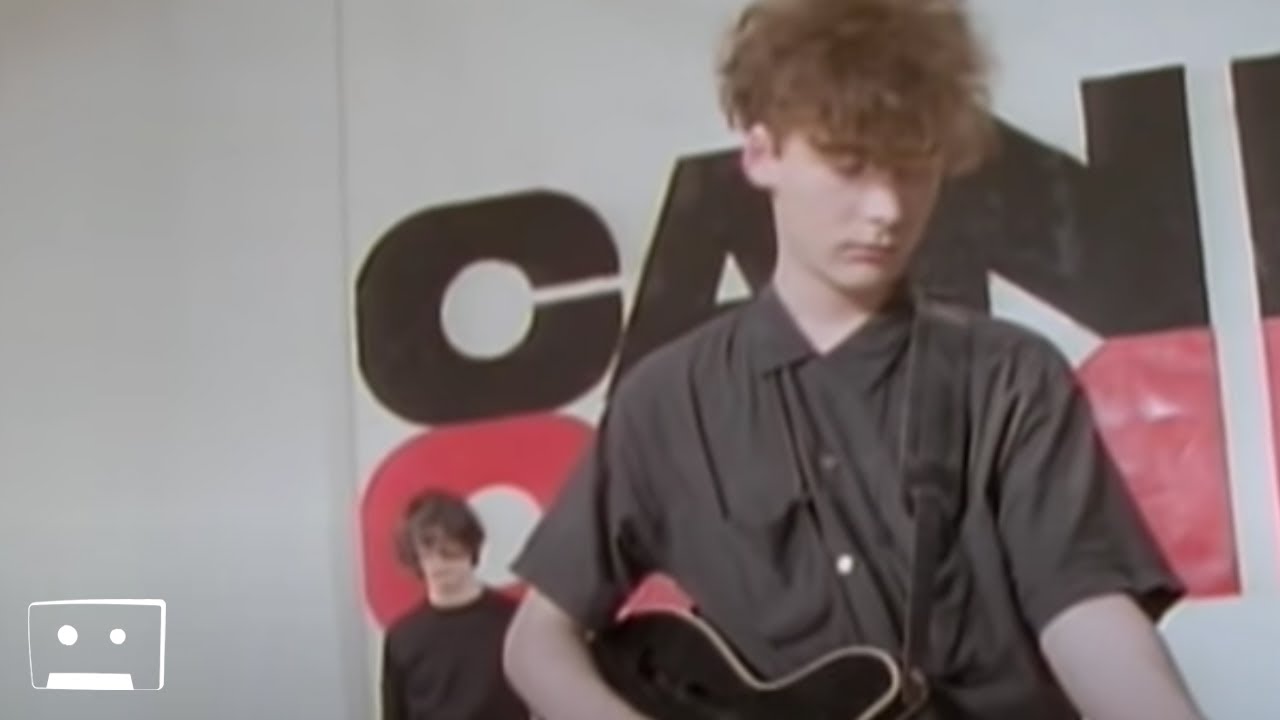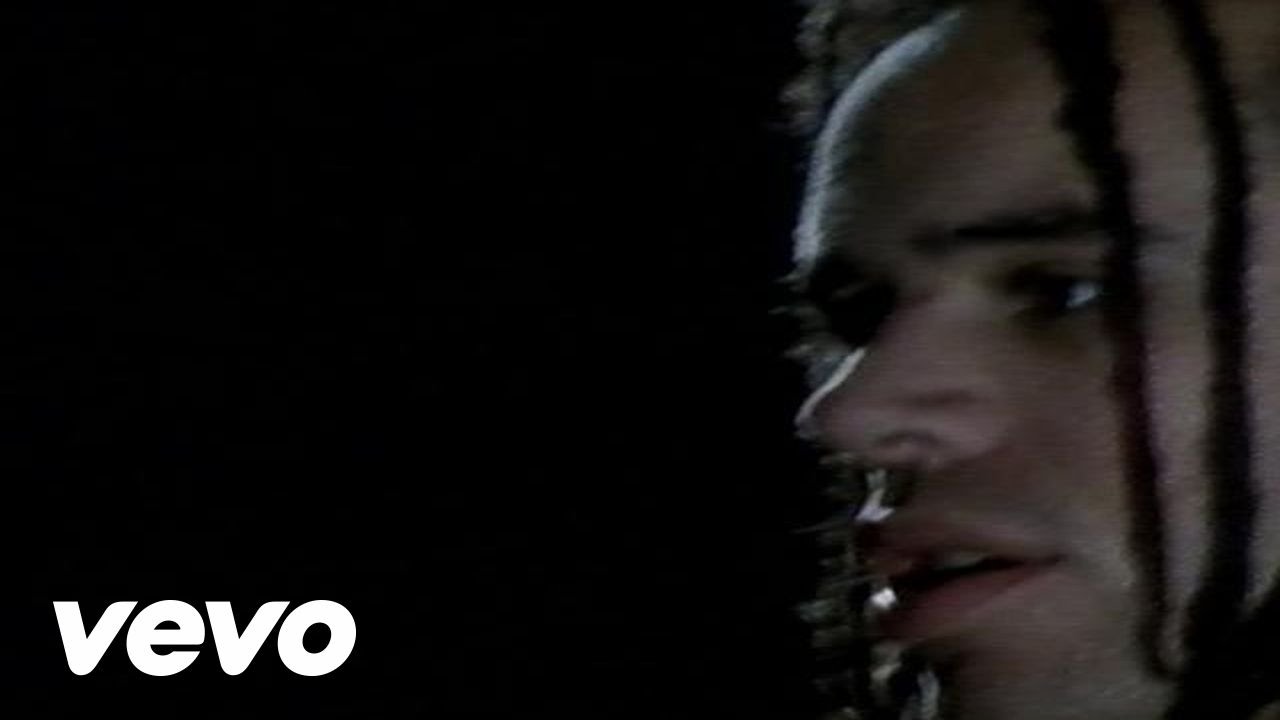
Certain genres can evoke specific atmospheres and emotions that almost transport listeners to another dimension. And no genre achieves this more effectively than shoegaze. A subgenre of alternative rock, shoegaze is famous for its otherworldy sound created by layers of distorted guitars, hushed vocals, and heavy use of effects pedals.
In this artice, we’ll delve into the ethereal world of shoegaze music, examining its origins, characteristics, and influence. Join us on this journey as we explore the genre’s rich history, iconic artists, and essential albums, uncovering the reasons behind its enduring appeal.
What Is Shoegaze?
Shoegaze is a genre that combines elements of indie rock, noise, and dream pop to create lush, immersive soundscapes. The term “shoegaze” was initially coined by the British music press as a derogatory term, referring to the introspective stage presence of the musicians and their tendency to stare at their feet while on stage as they focused on manipulating effects pedals to create their signature sound. However, the term has since become synonymous with the genre. It’s worn as a badge of honour representing shoegaze’s unique sounds and aesthetics.
Key Characteristics of Shoegaze Music
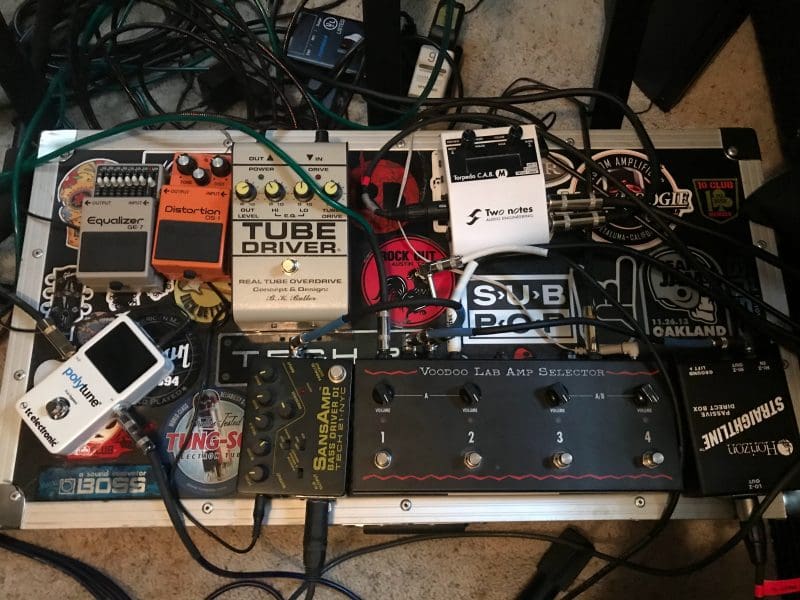
While shoegaze music can vary greatly from one artist to another, there are some key characteristics that define the genre:
- Guitar-driven soundscapes: Shoegaze is known for its heavy use of effect-laden guitars. In doing so, musicians can create a dense, textured sound that envelops the listener. Guitarists use multiple layers of distorted guitars, often employing effects pedals such as reverb, delay, and chorus.
- Dreamy, indistinct vocals: In contrast to the powerful guitar sound, shoegaze vocals are often subdued and hazy, blending into the overall sonic landscape. This creates a sense of otherworldliness and adds to the music’s ethereal quality.
- Atmospheric production: Shoegaze music is often characterised by its lush production. Layers of sound coming together to create a dense, immersive experience for the listener.
The Origins and History of Shoegaze
The roots of shoegaze trace back to the late 1980s in the UK. At this time, a number of bands, including My Bloody Valentine, The Jesus and Mary Chain, and Cocteau Twins, began to experiment with a new sound that combined the noise and aggression of punk rock with dream pop’s dreamy atmospherics. These early shoegaze bands took influence from artists like The Velvet Underground, Hüsker Dü, and The Cure.
By the early 1990s, the shoegaze scene had begun to gain traction, with Slowdive, Ride, and Lush leading the charge. The genre reached its commercial peak in the UK with the release of My Bloody Valentine’s “Loveless” and Slowdive’s “Souvlaki”. However, by the mid-1990s, the popularity of shoegaze began to wane as the Britpop movement took hold.
Modern Shoegaze and the Revival of the Genre
Despite its decline in the 1990s, shoegaze has experienced a resurgence in recent years. A new wave of bands have started to draw inspiration from the genre’s pioneers. This modern shoegaze movement, often referred to as “nu-gaze”, has seen artists such as M83 and Beach House breathe new life into the genre and expand its sonic boundaries.
The resurgence of interest in shoegaze music has also led to the reunion of some of the genre’s original bands. My Bloody Valentine, Slowdive, and Ride have all been active recently, further solidifying the genre’s enduring appeal.
The Evolution of Shoegaze
Over the years, shoegaze has continued to evolve as artists have experimented with new sounds and production techniques. This has led to the emergence of several subgenres, such as blackgaze, combining all the best qualities of shoegaze and black metal.
Similarly, the influence of shoegaze is present in the music of contemporary bands who draw on the genre’s dreamy soundscapes to create their own unique sound. This ongoing evolution and influence on other genres is a testament to the enduring power of shoegaze music.
Blackgaze
Blackgaze is a subgenre of shoegaze that emerged in the late 2000s, combining the atmospheric and melodic qualities of shoegaze with the frostbitten intensity of black metal. The genre is characterised by ethereal soundscapes, dense layers of guitar, and synth textures. Additionally, blackgaze songs often include introspective lyrics that deal with themes of nature, isolation, and spirituality. Some of the most notable bands in the blackgaze scene include Alcest, Lantlôs, and early Deafheaven.
Blackgaze has been praised for its ability to create a sense of emotional intensity and catharsis through its juxtaposition of beauty and aggression. However, some black metal purists have also criticised the genre for straying too far from the genre’s traditional sounds. Nevertheless, blackgaze’s fusion of disparate elements creates a hauntingly beautiful and fiercely intense sound. The genre offers a compelling and rewarding listening experience for those willing to explore its depths. Many fans and critics argue that blackgaze represents a natural evolution, incorporating new influences and pushing the boundaries of what both shoegaze and black metal can sound like.
Ten Essential Shoegaze Albums
Since it first burst into life in the 80s, shoegaze has presented us with some truly memorable albums. These releases have come to define the genre and provide inspiration for countless bands. From original icons to moody blackgaze numbers to modern classics, here’s our list of ten absolutely essential shoegaze albums:
My Bloody Valentine – “Loveless”
My Bloody Valentine’s “Loveless” is a seminal shoegaze album known for its dense layers of distorted guitars, ethereal vocals, and dreamy atmospheres. The 1991 album was a departure from the band’s earlier sound, incorporating more electronic elements and experimental production techniques. The result is a hypnotic and immersive sonic experience that has influenced countless artists in the decades since its release.
Tracks like “Only Shallow” and “Soon” showcase the band’s ability to create dynamic and textured soundscapes. Meanwhile, the title track and “To Here Knows When” highlight the haunting beauty of lead singer Bilinda Butcher’s vocals. “Loveless” remains a timeless masterpiece that continues to captivate listeners today.
Slowdive – “Souvlaki”
Slowdive’s second studio album, “Souvlaki,” released in 1993, was an important milestone in the genre. The album’s dreamy, ethereal soundscapes are created through layers of guitar effects, reverb, and Rachel Goswell’s haunting vocals. The opening track, “Alison”, is an instant classic, with its shimmering guitar riff and melancholic lyrics. The album also features more experimental tracks, such as “Machine Gun” and “40 Days”. These numbers showcase the band’s willingness to push the boundaries of their sound.
“Souvlaki” is an absolute masterpiece of atmospheric music. Its influence can still be heard in contemporary shoegaze and dream pop bands.
Lush – “Spooky”
Lush’s debut album, “Spooky”, is a masterpiece of shoegaze and dream pop. The album features ethereal vocals from Miki Berenyi and Emma Anderson, complemented by swirling guitars and intricate drum patterns. Standout tracks include “For Love”, “Superblast!”, and “De-Luxe”, showcasing the band’s ability to blend distorted guitars with delicate melodies.
The album’s production, courtesy of Robin Guthrie of Cocteau Twins, is lush and atmospheric, adding to the dreamlike quality of the music. “Spooky” is a timeless classic that continues to inspire and influence shoegaze and dream pop bands to this day.
My Bloody Valentine – “Isn’t Anything”
My Bloody Valentine’s debut album, “Isn’t Anything”, is a seminal work of the shoegaze genre, pushing the boundaries of guitar-based music with its swirling, distorted soundscapes and ethereal vocals. Released in 1988, the album features a mix of dreamy ballads and more aggressive tracks, all unified by the band’s unique approach to layering and manipulating sound. Standout tracks include the hypnotic “Soft As Snow (But Warm Inside)” and the intense “Feed Me With Your Kiss”. “Isn’t Anything” laid the groundwork for My Bloody Valentine’s even more groundbreaking follow-up album, “Loveless”, and remains a touchstone for experimental rock fans.
Cocteau Twins – “Heaven or Las Vegas”
Cocteau Twins’ “Heaven or Las Vegas” showcases the band’s unique sound and style. The album features Elizabeth Fraser’s distinctive vocals, often described as otherworldly and haunting. The songs on the album are characterised by their lush instrumentation, shimmering guitars, and intricate arrangements.
Tracks like “Cherry-Coloured Funk” and “Iceblink Luck” are standout moments on the album, with their memorable melodies and mesmerising soundscapes. Many regard “Heaven or Las Vegas” as one of Cocteau Twins’ best albums and a classic of the dream pop genre.
The Jesus and Mary Chain – “Psychocandy”
The Jesus and Mary Chain’s debut album “Psychocandy” is a groundbreaking work that fused punk’s raw energy with pop’s melodic sensibilities. Released in 1985, the album features a wall of distorted guitars and feedback that creates a chaotic yet beautiful soundscape. The songs are catchy and memorable, with lyrics exploring love, desire, and alienation themes.
“Psychocandy” was a critical and commercial success that influenced countless bands in the years that followed. The album’s legacy can still be felt today in the music of contemporary artists who continue to be inspired by its innovative sound.
Swervedriver – “Raise”
Swervedriver’s debut album “Raise” is a landmark of the shoegaze genre, blending elements of grunge, psychedelia, and noise rock into a distinctive and innovative sound. The album’s opening track, “Sci-Flyer”, sets the tone with its driving rhythm and swirling guitar textures, while other standout tracks like “Rave Down” and “Son of Mustang Ford” showcase the band’s knack for crafting catchy hooks amidst the sonic chaos. Throughout the album, Adam Franklin’s vocals are buried beneath layers of distortion, adding to the dreamlike atmosphere.
“Raise” remains a classic of 90s alternative rock and a must-listen for fans of the genre.
Alcest – “Les Voyages de l’âme”
“Les Voyages de l’âme” is the third studio album by the French band Alcest, released in 2012. The album showcases the band’s signature blend of black metal and shoegaze, with blastbeats and tremolo picking from the former and the latter’s ethereal vocals and dreamy guitar melodies. The album’s lyrics explore themes of spirituality and the search for inner peace, with a focus on the beauty and mystery of nature.
“Les Voyages de l’âme” received critical acclaim for its unique sound and emotional depth. Many consider it Alcest’s finest work, confirming them as one of the most innovative bands in shoegaze and black metal.
Chapterhouse – “Whirlpool”
Chapterhouse’s 1991 debut album “Whirlpool” is a vital shoegaze record that helped to define the genre. The album features an otherworldly sound that emphasises layers of distorted guitars, swirling synths, and hazy vocals. The album’s standout tracks include “Pearl”, “Breather”, and “Falling Down”, showcasing the band’s ability to create breathtaking, immersive soundscapes.
“Whirlpool” remains a beloved cult classic among shoegaze fans. Its influence is present in the work of countless artists who have followed in Chapterhouse’s footsteps.
Slow Crush – “Aurora”
“Aurora”, from modern Belgian shoegazers Slow Crush, is a beautiful and powerful record that showcases the band’s ability to craft intricate soundscapes that are both ethereal and heavy. The album’s immaculate guitar tones and soaring vocals are complemented by driving rhythms and dynamic shifts in intensity. The resulting creation is nothing short of an immersive and cathartic sonic journey. Tracks like “Swoon” and “Tremble” showcase the band’s knack for crafting memorable melodies. In contrast, the album’s title track and “Hush” demonstrate their ability to build tension and release it in explosive fashion.
“Aurora” is a stunning achievement that confirmed Slow Crush as one of the most exciting bands in shoegaze right now.
The Influence of Shoegaze on Other Music Genres
The impact of shoegaze can be felt across a wide range of music genres, including indie rock, post-rock, and even electronic music. Bands such as Sigur Rós, Mogwai, and Explosions in the Sky have all drawn on the atmospheric qualities of shoegaze to create their own unique soundscapes. Meanwhile, electronic artists such as Boards of Canada and Aphex Twin incorporate elements of the genre into their ambient compositions.
Conclusion: The Enduring Appeal of Shoegaze Music
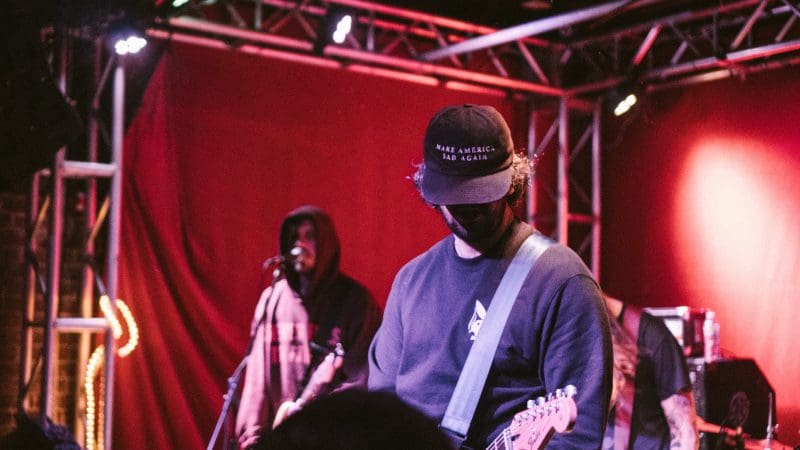
From humble beginnings in the 80s to its 21st-century resurgence, shoegaze continues to captivate listeners with its soundscapes and immersive qualities. The genre’s influence can be heard in the music of countless contemporary artists, and its ongoing evolution ensures that shoegaze will continue to enchant music lovers for years to come. So, why not immerse yourself in the ethereal world of shoegaze music and discover the magic for yourself?



